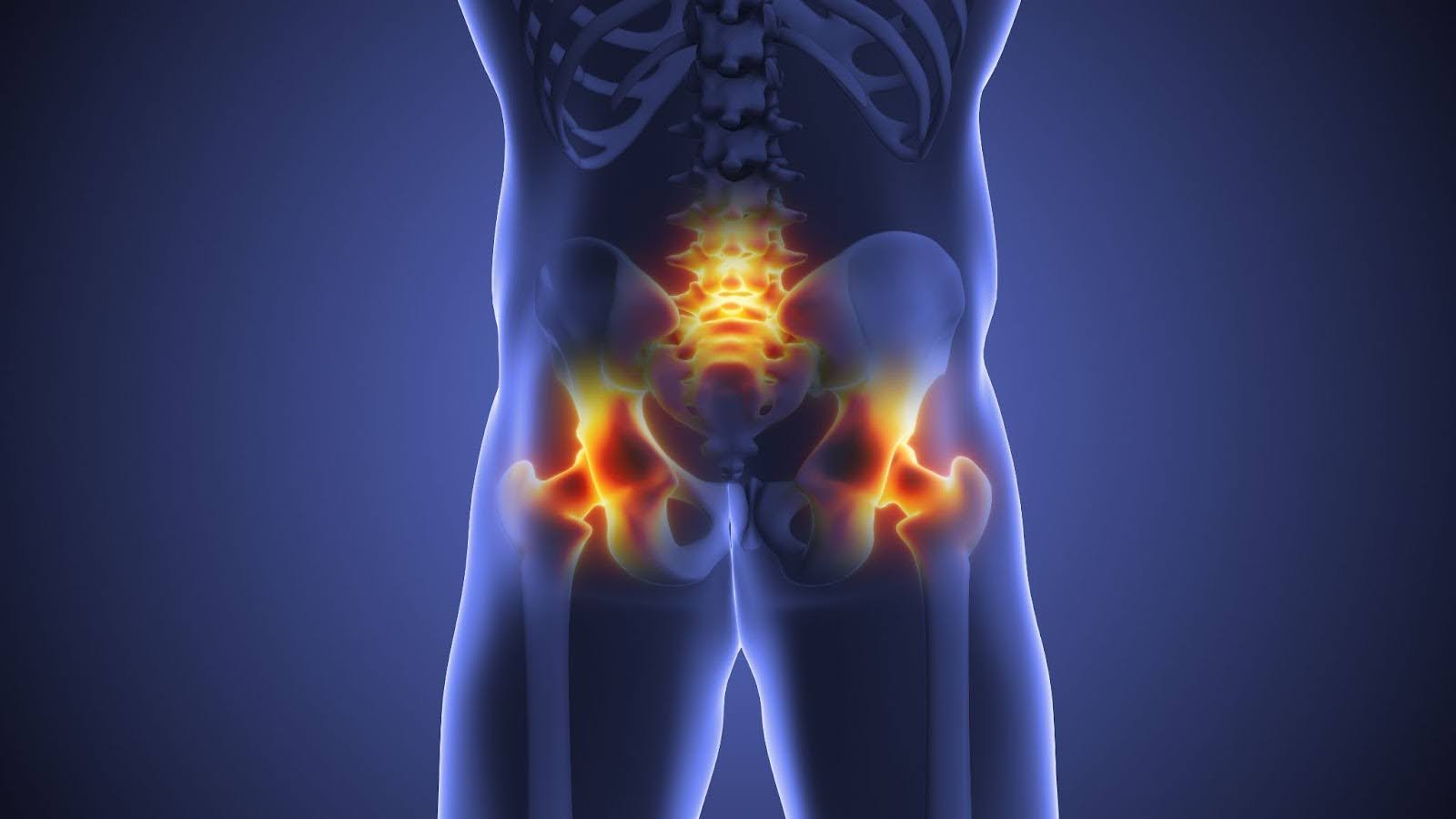
Are you among the many who suffer from persistent lower back, buttock, or hip pain, wondering what could possibly be causing your discomfort? You're not alone. Often, this type of pain is mistakenly attributed to common issues like a herniated disc or sciatica, when the true culprit might be a condition known as sacroiliac (SI) joint dysfunction.
At Pain Specialists of America, we understand this frustration. For every pain, we have a plan, and our commitment to finding effective solutions is unwavering. Today, we're delving into the world of treating SI joint pain with Dr. Jason Lo, a fellowship-trained pain management physician at PSA. Dr. Lo brings a unique perspective to his practice, having personally navigated treatment and rehabilitation processes as an auto-pedestrian survivor. His insights offer a compassionate and expert view on the treatment for sacroiliac joint pain.
The sacroiliac joints are located at the base of your spine, connecting your sacrum (the triangular bone above your tailbone) to your ilium (the large bones of your pelvis). These joints play a critical role in weight distribution and stability, absorbing shock between your upper body and legs. When these joints become inflamed or dysfunctional, they can cause significant pain.
SI joint pain can often be confused with other conditions, including:
This overlap in symptoms highlights the importance of an accurate diagnosis to ensure you receive the most effective treatment.
Diagnosing SI joint pain can be challenging, but at PSA, we employ a thorough and precise approach. "The SI joint is an area that overlaps with other pathology that causes pain in the area," Dr. Lo notes.
Our diagnostic process includes:
At PSA, we don't believe in one-size-fits-all solutions. We design personalized sacroiliac joint pain treatment plans, combining multidisciplinary approaches to help you regain function and improve your quality of life. Our comprehensive approach to treating sacroiliac joint pain follows a progressive pathway, starting with less invasive options:
We begin with medications and conservative treatments aimed at managing your pain and inflammation. This often includes:
If initial conservative approaches like medication therapy don't provide sufficient relief, our specialists at PSA can offer more targeted interventions directly at the source of your pain. These procedures are designed to offer more significant and localized pain reduction.
For patients whose chronic SI joint pain persists despite conservative and interventional treatments, advanced procedures offer durable and often life-changing solutions. These options focus on providing more permanent stability or pain signal modulation.
Peripheral Nerve Stimulators: For chronic pain that doesn't respond to other treatments, peripheral nerve stimulation offers another advanced option. This involves implanting a small device that delivers mild electrical impulses to specific peripheral nerves near the SI joint. These impulses interfere with the pain signals traveling to the brain, effectively "masking" or reducing the sensation of pain. This can be a highly effective treatment for patients seeking long-term pain management without the need for fusion.
The idea of "fusion" might sound daunting, but the good news is that the way we perform SI joint fusion has come a long way. This procedure aims to permanently stabilize the joint, stopping the painful rubbing that patients often experience. Think of it like gently fusing two bones together so they no longer cause irritation.
Dr. Lo is particularly excited about recent breakthroughs in this area. Historically, surgeons used a lateral approach, meaning they accessed the joint from the side of the body. However, there's now a growing preference for the posterior approach, which means accessing the joint from the back.
What makes this new method so much better?
These advancements mean that SI joint fusion is becoming a more accessible and appealing option for lasting pain relief.
For Dr. Lo, the most rewarding part of his work treating sacroiliac joint pain is seeing patients reclaim their lives and rediscover joy. He shared a powerful story of a patient with a very high BMI, who had been told by other doctors to lose weight – a difficult feat when debilitating pain limits activity.
After receiving SI joint fusion at PSA, with a personalized post-operative protocol developed by Dr. Lo and his team, she has successfully reduced her BMI significantly and "is still getting better." This story exemplifies PSA's commitment to individualized care and the profound impact of effective pain management.
If you're newly diagnosed with SI joint pain, or if you've been struggling with undiagnosed back, buttock, or hip pain, Dr. Lo offers this crucial advice:
"SI joint pain is becoming more and more recognized. Up to roughly 30% of people with back pain can be SI. If you have back pain that’s overlooked or undiagnosed, or pain in your butt or hip areas, it could very well be your SI joint."
Don't let undiagnosed pain dictate your life. The team at PSA is dedicated to finding the root cause of your pain and developing a personalized approach to helping you find lasting relief.
At Pain Specialists of America, our mission is to provide unprecedented access to today's most effective pain management solutions. We are dedicated to delivering high-quality, professional, and compassionate care to help you get back to living a functional and fulfilling life.
If you’re ready to explore a treatment plan for sacroiliac joint pain that’s right for you, don't hesitate. Request a New Patient Appointment with Pain Specialists of America today. For every pain, we have a plan.